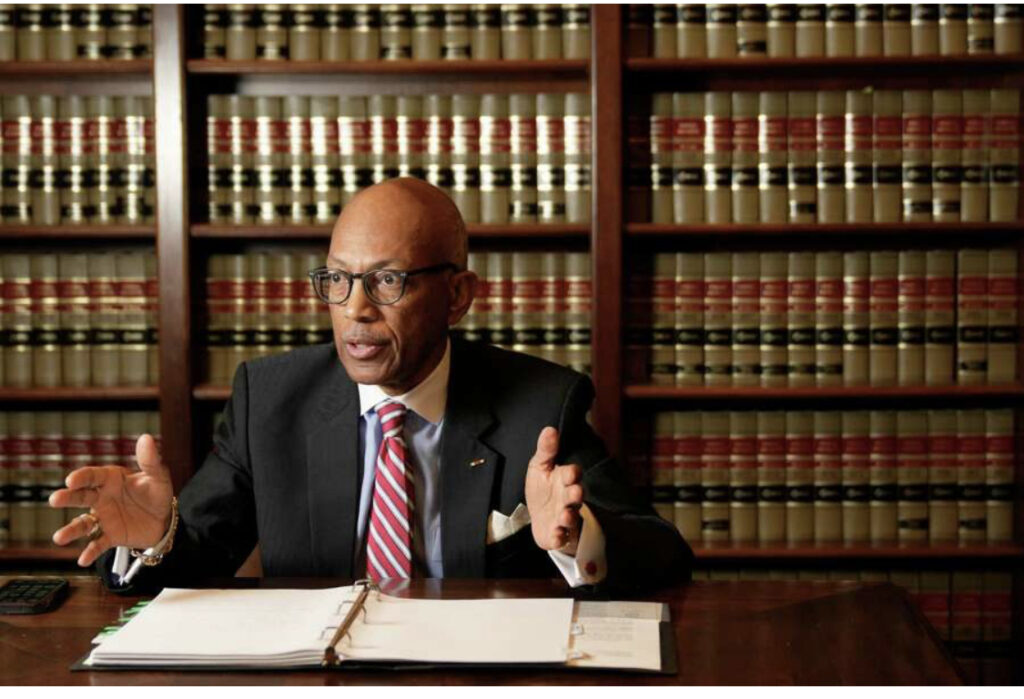“There’s a price for standing up—the fight is for yourself, but also for the other people that will come behind you.”
Experiencing discrimination and racism in the workplace can ruin a career and impact personal lives, health and wellness. Even when the signs are present and with the damage it causes, it is not always easy to prove. When disparate or harmful treatment violates the law, proof that it occurred and caused damage is mandatory for successful litigation.
According to Reginald McKamie, an attorney in Houston, the first step in determining whether discrimination can be proven in a court of law is to look objectively at the numbers. “First, we want to know the metrics for the particular demographic in question,” he says. “If you feel you weren’t promoted because you’re Black, then we need to look at whether there are other Black employees in management and above or if they are all in lower-level positions.”
He says the numbers will help determine if the problem is companywide, relegated to a specific department or unique to one person. “If all the other Black people are doing well, and you are not, then we have to look at the situation honestly.”
McKamie tells his clients there are three areas of proof needed for a solid discrimination case.
- Comparators
A discrimination case needs to have comparators. It has to be proven that the employee was treated differently than others in another demographic. For example, if a Black woman employee was put on a performance improvement plan (PIP) for being habitually late to meetings, yet her white peers who were also habitually late to meetings were not placed on a PIP, that is a solid comparator.
2. Evidence that another employee in a similar position was treated better
High-achieving employees constantly overlooked for raises and promotions may see others in similar roles but different demographics who aren’t as productive moving up the ladder much faster. “Companies will hire Black women who are top graduates from Harvard, Howard and Yale, and all of a sudden, they get to these companies and are all at the bottom of promotion evaluations—that’s a red flag.” The key is being able to show that another employee with similar duties was treated better.
3. Ensure there is no legitimate, non-discriminatory reason for the different treatment
In the case of Wards Cove Packing Co. v Atonio, it was ruled that in disparate treatment cases, all an employer must do to rebut a prima facie case is articulate a non-discriminatory business reason. “An employer may be able to prove the reason for termination, or an adverse action was because the employee was ‘not a team player’ or lacked leadership skills, which could be seen as a legitimate reason.”
4. Tough skin, discipline and patience
Providing evidence that the discriminatory treatment had a negative impact on the employee’s career is the gateway to determining damages. Evidence may include application rejection emails or other empirical data. “We have to determine if the news of the termination stopped other employers from hiring the fired employee or if it took the employee longer to find a job than a white person in a similar position.”
While proving a case of discrimination against an employer can take months and sometimes years to reach an outcome, the employee needs to understand what they are up against, as there are no guarantees that a good case will be a winning case.
“It’s not going to be easy, and they have to understand that they are going to open their life up to the public eye in this process.”
This may require completely disengaging from social media and forgoing publicly commenting on various topics that could impact the case. “There’s a price for standing up—the fight is for yourself, but also for the other people that will come behind you.”

